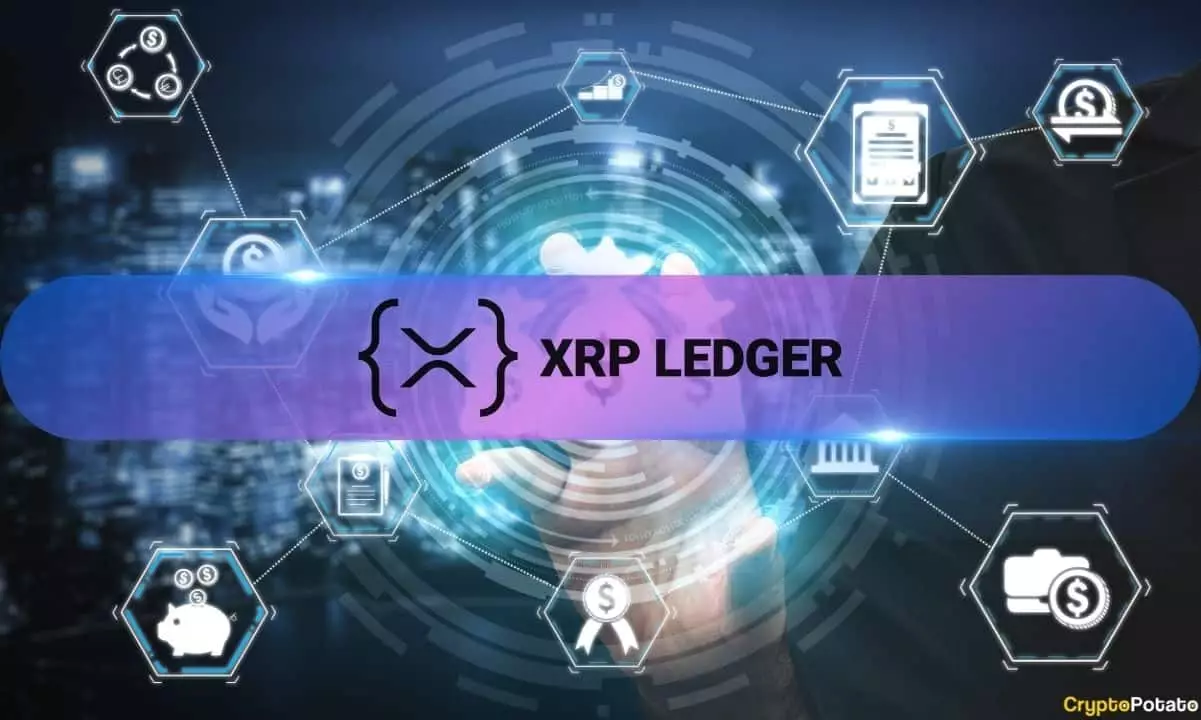On February 4, the XRP Ledger (XRPL), under Ripple’s umbrella, encountered a notable one-hour outage, causing an unexpected disruption in block production. David Schwartz, the Chief Technology Officer of Ripple, acknowledged the incident, stating that the cause remains uncertain while reassuring the public that the network has initiated a self-recovery process. Although disturbances in blockchain networks can lead to severe consequences, the XRP Ledger showcased remarkable resilience, managing to regain functionality without requiring significant interventions from its validators.
Schwartz explained that during the outage, the consensus process was still active, yet validations were not being published, resulting in the network diverging temporarily. Notably, the Unique Node List (UNL)—which establishes a catalogue of trustworthy validators—played a crucial role during this outage. As soon as a handful of validations were recognized by servers, the remaining nodes collaborated to restore consensus, thereby re-aligning the ledger to a unified stream. This back-end collaboration reflects an inherent strength of the XRPL architecture, although the lack of clear answers surrounding the cause of the outage raises concerns about network stability moving forward.
The outage occurred amidst various structural changes within the network, such as the recent reduction of the base reserve requirement from 10 XRP to 1 XRP and a shift in the validator structure to limit Ripple’s influence significantly. Following the incident, XRP experienced a significant price drop of approximately 10%, falling to $2.45 shortly after the outage. At the time, the cryptocurrency had already seen a considerable upswing, appreciating nearly 400% over the past year, attributed to favorable shifts in the political landscape impacting the crypto sector.
Interestingly, the market’s response to such outages can significantly vary. While this particular incident did spur short-term volatility, the broader trend for XRP has been upward. Traders should note that high volatility typically accompanies cryptocurrencies, especially following notable network events like this one.
As the cryptocurrency market continues to evolve, the steering adjustments made within Ripple’s operations could shape the future trajectory of XRP and the XRPL. A critical evaluation of the system’s resilience in the face of unforeseen outages is essential for maintaining investor confidence. Furthermore, consistent monitoring and proactive responses to technical issues will be paramount for ensuring the integrity and reliability of the XRPL.
The upcoming months will test Ripple’s system preparedness against potential further disruptions. In particular, the cryptocurrency community will be keen to see how Ripple adapts its governance and technical strategies to uphold the performance of XRP amidst an increasingly competitive environment. All things considered, while the recent outage posed challenges, it also provides valuable insights into the necessity for continual evolution and improvement within blockchain networks.

